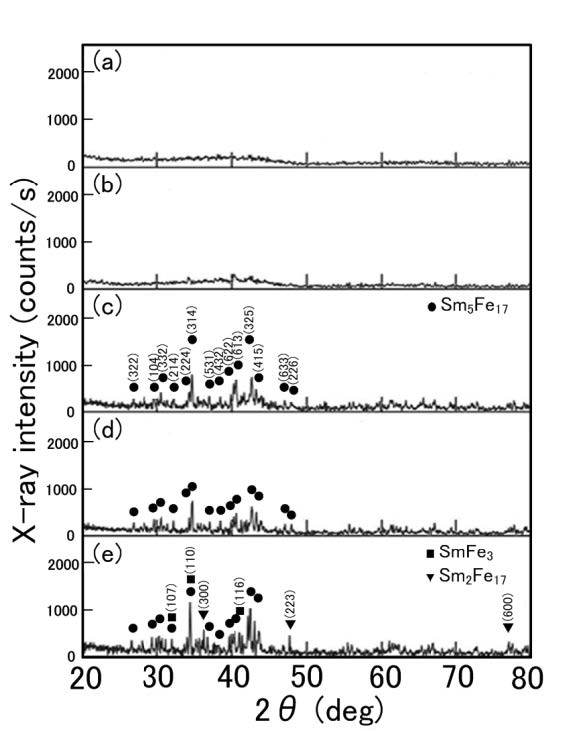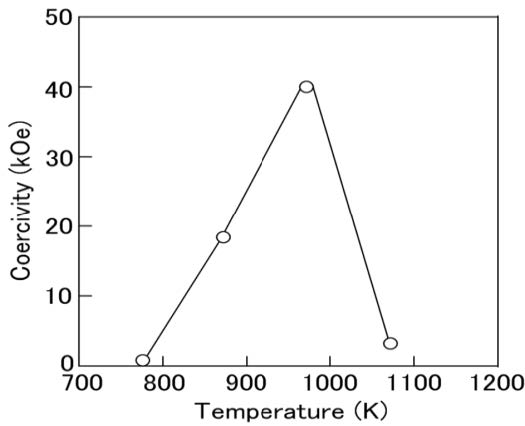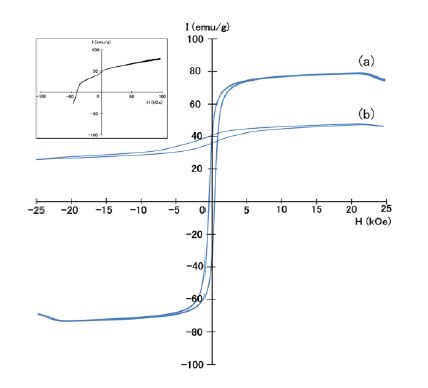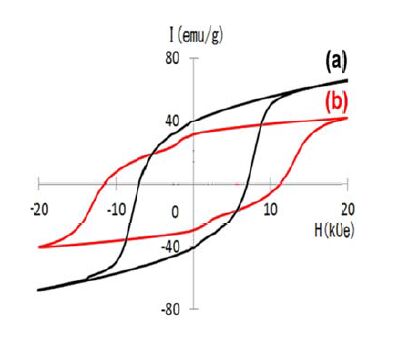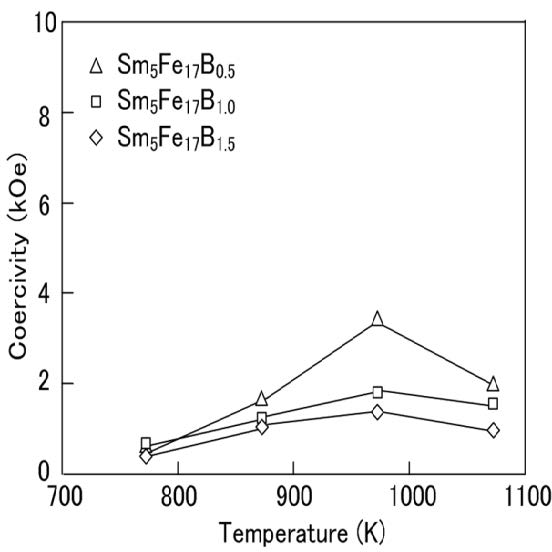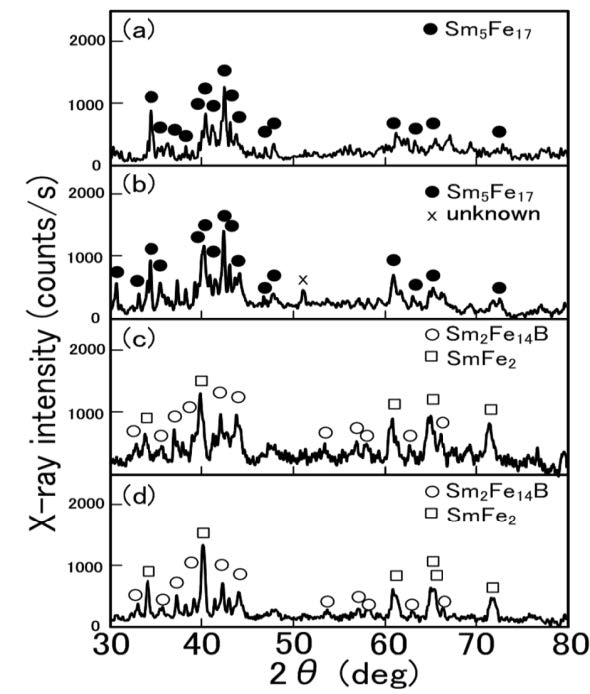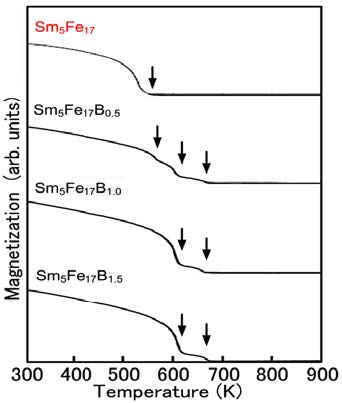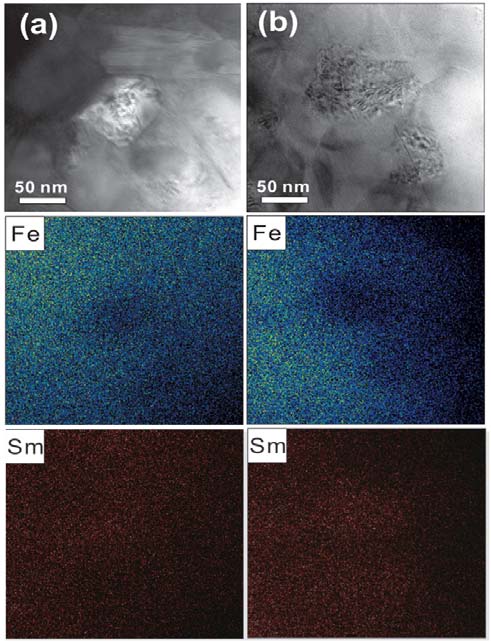1. Introduction: From the treatment up to the valorization of agro-industrial by-products
Agro-industrial by-products, residues, wastes, and wastewaters commonly comprise natural residual materials generated by processing. At this point, the wastewaters are the main agro-industrial by-product produced in food industries [1]. To date, several methodologies have been proposed for their treatment, such as decantation separation, dissolved air flotation, de-emulsification, coagulation and flocculation, to mention just a few, all of which aim to reduce the organic load from aqueous waste [2,3]. However, today's mission is not only the disposal and treatment; the most important task is waste valorization. This is due to the fact that most of these wastewaters contain large amount of high-added value compounds, such as sugars, phenolic compounds (e.g. hydroxycinnamic acids, flavonols, flavonones, o-diphenols, phenolic alcohols, anthocyanins, secoiridoids), pectins, and proteins [4,5,6]. Thereby, the agro-food by-products are currently considered as a potential source of bioactive solutes. It is important to highlight that such compounds are sought by different industries (e.g. food, pharmaceutical and cosmetic) to be used as nutraceuticals based on their biological activities (e.g. antioxidant properties). Today, industrial ecology concepts, like cradle-to-cradle and circular economy, are recognized leading principle for eco-innovation, aiming at "zero waste economy" where the wastes are used as feedstock for new products. Regarding this, Galanakis [7] has particularly promoted the "Universal Recovery Process" which involved five primary steps: (ⅰ) macroscopic pre-treatment, (ⅱ) the separation of macro- and micromolecules, (ⅲ) extraction, (ⅳ) isolation purification and (ⅴ) product formation. Unfortunately, most of the aforementioned conventional methodologies contribute to reach the treatment only, but they do not meet the recovery task. At this point, pressure-driven membrane processes have emerged as promising candidates to carry out both tasks, i) treatment and ii) recovery.
2. Pressure-driven membrane processes as the way for meeting the solute recovery
As stated previously, pressure-driven membrane processes, such as Microfiltration (MF), Ultrafiltration (UF) and Nanofiltration (NF), are not only focused on pollution removal, but also on the recovery of valuable solutes from agro-food by-products. Membrane-based technologies, as a tool for the recovery of different types of molecules, are becoming more attractive over classic processing and specific methodologies. For example, as pre-treatment procedures, wet milling and mechanical pressing have demonstrated to be efficient for the separation/removal of solids from the waste streams, in which MF technology can also perform well. Concerning to the recovery of macromolecules (e.g. proteins, pectin), alcohol precipitation, isoelectric solubilization have been used; herein, UF technology is also able to reach such separation. However, depending on the molecular weight cut-off of the UF membranes, the recovery of smaller molecules (e.g. phenolic compounds and sugars) can be achieved, where solvent and supercritical fluid extraction methodologies are commonly used [8]. Of course, the separation efficiency of these membrane methodologies depends on a number of factors, such as the physico-chemical composition of the bulk solution (e.g. type, weight, polarity, solute charge), operating parameters (e.g. feed flow rate, transmembrane pressure, temperature), and specific membrane characteristics (e.g. membrane material, configuration of membrane separation module, pore size) [9]. Finally, when dealing with the purification and concentration of target compounds, resin adsorption, chromatography are the most sought methods, in which NF technology also meets the requirements. All these technologies have been well documented and established, while they are generally assumed as safe due to the fact that they have been used in different sectors of food processing industry from several decades; however, membrane technologies specially offer the most attractive advantage over such conventional methods, the non-use of additional phases (e.g. solvents). Importantly, these conventional methods tend to use solvents, which commonly contribute to decrease their recovery rates based on the degradation of target compounds, e.g. the phenolic degradation usually occurs due to their low stability at high temperatures, long extraction times and the interaction with solvents.
To date, there are many literature surveys (reviews and book chapters) from the research community showing the successful recovery of high-added value compounds using pressure-driven membrane processes. Table 1 reports some of the most recent publications in the field, which can be consulted by the readers to have a better understanding and detailed inputs about the recovery task.
Table 1. Selected publication about the recovery of high-added value compounds from agro-food products and their by-products by means of membrane technologies.
| Publication Title: |
Brief overview: |
Reference: |
| Recovery of Anthocyanins Using Membrane Technologies: A Review |
This review examines the basic principles of membrane processes, including the different types of membranes, their structure, morphology and geometry for the separation, purification and concentration of phenolic compounds, with special emphasis on anthocyanins |
[13] |
| Current Role of Membrane Technology: From the Treatment of Agro-Industrial by-Products up to the Valorization of Valuable Compounds |
This review provides a wide understanding of the current framework for membrane technology in this field. Thereby, the utilization of aqueous wastes from industries for the high-added value solute recovery is denoted. |
[14] |
| Phenolic compounds recovered from agro-food by-products using membrane technologies: An overview |
This work reports a critical literature review of the main agro-food by-products treated by membrane technologies for the recovery of nutraceuticals Particular attention is paid to experimental results reported for the recovery of polyphenols and their derivatives of different molecular weight. |
[9] |
| Nanofiltration and tight ultrafiltration membranes for the recovery of polyphenols from agro-food by-products |
This review provides a critical overview of the influence of key parameters on the recovery of phenolic compounds from agro-food by-products by using tight UF and NF membranes. |
[4] |
| Recovery of polyphenols from olive mill wastewaters by membrane operations |
This chapter highlights the potential of membrane operations as an alternative to other conventional separation techniques in the recovery of phenolic compounds from olive mill wastewaters. |
[15] |
| Recovery of high-added-value compounds from food waste by membrane technology |
The chapter provides a complete overview concerning their implementation for the recovery of high-added-value compounds from different food waste streams and extracts. |
[5] |
| Separation of functional macromolecules and micromolecules: From ultrafiltration to the border of nanofiltration |
The review highlights the outcomes about the separation mechanisms dominating during UF (from 100 to 1 kDa) of different feed solutions aiming the recovery of target macromolecules and micromolecules. |
[16] |
| Separation, fractionation and concentration of high-added-value compounds from agro-food by-products through membrane-based technologies |
This chapter describes the current applications and compelling overview the fractionation and recovery of high-added-value compounds by means of membrane-based technologies. |
[17] |
| Membrane-based technologies for meeting the recovery of biologically active compounds from foods and their by-products |
This review analyzes and discusses the recovery of biologically active compounds in relation to separation processes, molecule properties, membrane characteristics and key factors affecting the performance of such technologies. |
[18] |
| Effect of polyphenols-membrane interactions on the performance of membrane-based processes. A review |
This review analyzes the effect of polyphenols/membrane interactions, phenolic/phenolic interactions or interactions with feed components on the performance of polymeric and ceramic membranes employed for separating, purifying and concentrating phenolic compounds from their original sources. |
[19] |
| Membrane processing: Natural antioxidants from winemaking by-Products |
This short communication addresses the role of membrane separation processes for recovering valuable phenolic compounds from winemaking by-products. |
[20] |
| Membrane technologies for the separation of compounds recovered from grape processing by-products |
This chapter devotes to the MF, UF and NF processes for the recovery of compounds from grape processing by-products. |
[21] |
| Recovery of high added-value components from food wastes: Conventional, emerging technologies and commercialized applications |
This review classifies the main food waste sources and high-added value ingredients prior to exploring the recovery stages, conventional and emerging technologies applied from the raw material to the final product. |
[22] |
| Emerging technologies for the production of nutraceuticals from agricultural by-products: A viewpoint of opportunities and challenges |
This short communication addresses challenges and opportunities for the production of nutraceuticals from agricultural by-products using different emerging technologies. |
[8] |
Through consulting these publications, it can be noticed that these processes offer good recovery rates towards several high-added value compounds; for instance, MF technology is able to recover from 47 up to ∼100% of anthocyanins, glutamine, isoproline, proline, betanin, isobetanin, sugars, galacturonic acid and some phenolic compounds, all these in permeate streams. UF membranes can provide recovery rates of such compounds between 44–99% on the basis of their molecular weight cut-off; however, some of these compounds can start to be rejected by the membranes (commonly through tight UF), and thus partially recovered in the retentate. While NF technology leads to pass practically water: this allows to concentrate the compounds in retentate from 50 up to 99%.
Regardless of all the advantages of membrane technologies, these methodologies have their own limitations and operational ranges that may or may not address the need of such applications. For instance, many agro-food streams contain complex mixtures of suspended solids and substrates that either cause application challenges, unacceptable separation efficiencies and excessive cost barriers, which requires an in-depth assessment. On the other hand, there is a lack of quantitative assessment concerning the emerging opportunities and current practices in such applications.
3. Concluding remark: Environmental benefits of using membranes for wastewater treatment
Certainly, the waste disposal may represent a high cost for the management in industries. In this regard, the use of membrane clearly offers economic saving because such membranes are able to provide a treatment as well as to recover compounds from several agro-food wastewaters. If the industries are encouraged to invest for the implementation of a large-scale recovery process, the recovered solutes can be commercialized due to the high interest of food and pharmaceutical industries. More than this, tight UF and NF membranes can offer environmental benefits because such narrow pore size membranes are able to provide permeate streams obtained from the fractionation of by-products, where the clear permeates basically contain low organic loads [10]. It is worth to note that NF and tight UF can be able to meet such drinking water parameters, i.e. the drinking water quality standards (turbidity: < 1 NTU, colourless, total dissolved solids: < 600 mg L−1). Likewise, such permeate streams can be reused in the food processing industries as process water or within cleaning procedures. Importantly, there is an opportunity to obtain water for recycling [11,12]. Finally, the application of membrane technology and its role in waste management represent an economical and environmentally sustainable approach. In coming years, it is quite possible that governments will legislate the use of approaches such as those described herein in order to reduce water and environmental pollution.
Acknowledgments
R. Castro-Muñoz acknowledges the European Commission - Education, Audiovisual and Culture Executive Agency (EACEA) for his PhD scholarship under the program: Erasmus Mundus Doctorate in Membrane Engineering – EUDIME (FPA No 2011-0014, Edition V; http:/eudime.unical.it).
Conflict of interest
The author declares no conflict of interest.









 DownLoad:
DownLoad: 

